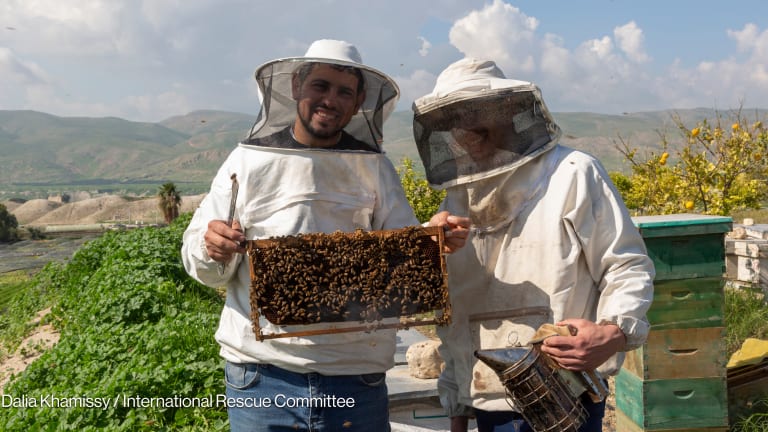
Often taken as a proxy description for disaster risk reduction, climate change adaptation or sustainable development, in recent years “resilience” has become the latest poster child of the development world.
We all seem to agree that our efforts should be focused on building resilience to disasters. And as a global insurer, the concept resonates very well — taking action before the event should be more effective than cleaning up afterwards.
The key question though is not conceptual: At a practical level, how do you prove that what you are doing actually does build resilience when, as Thomas Winderl said in a report to the United Nations Development Program in 2014, there is currently no empirically validated framework to measure resilience?
When the Zurich Insurance Group launched its Zurich Flood Resilience Program in 2013, our aim was to build resilience at a community level to the impact of floods, by bringing our skills and expertise in risk and hazard management to the development sector.
The Zurich Alliance:
● Zurich Insurance Group
● The International Federation of Red Cross and Red Crescent Societies
● Practical Action
● International Institute of Applied Systems Analysis
● Wharton Business School
The program brings together partners from academia, the humanitarian sector and development agencies as well as the corporate sector in an alliance. And it is this blend of expertise that has enabled us to develop a practical tool to address the question of how to measure resilience.
Our theoretical start-point is that the ways in which a community creates, builds, maintains and then uses its assets provides it with the capacity needed (i.e. resilience) to protect development gains in the face of floods. These assets (we use the “5 capitals” definitions from the United Kingdom Department for International Development’s Sustainable Livelihoods Framework) consist of elements that add this resilience, which we call “sources of resilience,” and these in turn can be evaluated.
By gathering evidence about these sources through a variety of quantitative and qualitative methods, we believe that we can use a benchmark to evaluate the data and measure how much these sources develop over time.
Clearly, this alone does not demonstrate that what we are measuring is actually resilience. To do that, we need to also see what happens to a community in times of floods, to demonstrate that there is a link between what we measure and the protection of development gains.
So how are we going to demonstrate this?
Over the coming two years, the Zurich Alliance is working closely with Mercy Corps, Concern Worldwide, Plan International and the National Academies of Science to test the hypothesis with many communities in a diverse set of circumstances — ranging from communities in the developed world such as Charleston, South Carolina, and in the developing world in Haiti. By collecting data at the start of a program and at the end, we can demonstrate the changes in the sources of resilience over time. By looking across many such communities, we will gather data to also demonstrate the validity of the sources across multiple contexts.
In addition, we will also carefully monitor what happens when a community is faced with a flood event during the period. By looking at how the community responded in the circumstances, we can see what sources of resilience have been instrumental in protecting the community’s development gains.
With the help of our research partners, we will use this large dataset to seek (and hopefully find) correlations between the improvements in the sources of resilience and the protection afforded to the communities’ development gains.
Of course, not every community will experience a flood event over the time period. By working in many communities across the world, a large enough number will experience a flood and it is from these events that we can establish the correlation and demonstrate our assumptions.
Bringing together multiple agencies across different contexts will enable us to develop the tools from the roots up, to ensure that what we end up measuring works across context. And by seeing what happens in real events, we can establish the evidence to show that what we are measuring actually does provide resilience.
As Simon Levine et al. pointed out in an Overseas Development Institute policy brief as long ago as September 2012, what is required is a much bigger body of empirical studies from specific crises to understand resilience — we believe that our field work can provide just that.
Exciting times!
Planet Worth is a global conversation in partnership with Abt Associates, Chemonics, HELVETAS, Tetra Tech, the U.N. Development Program and Zurich, exploring leading solutions in the fight against climate change, while highlighting the champions of climate adaptation amid emerging global challenges. Visit the campaign site and join the conversation using #PlanetWorth.








